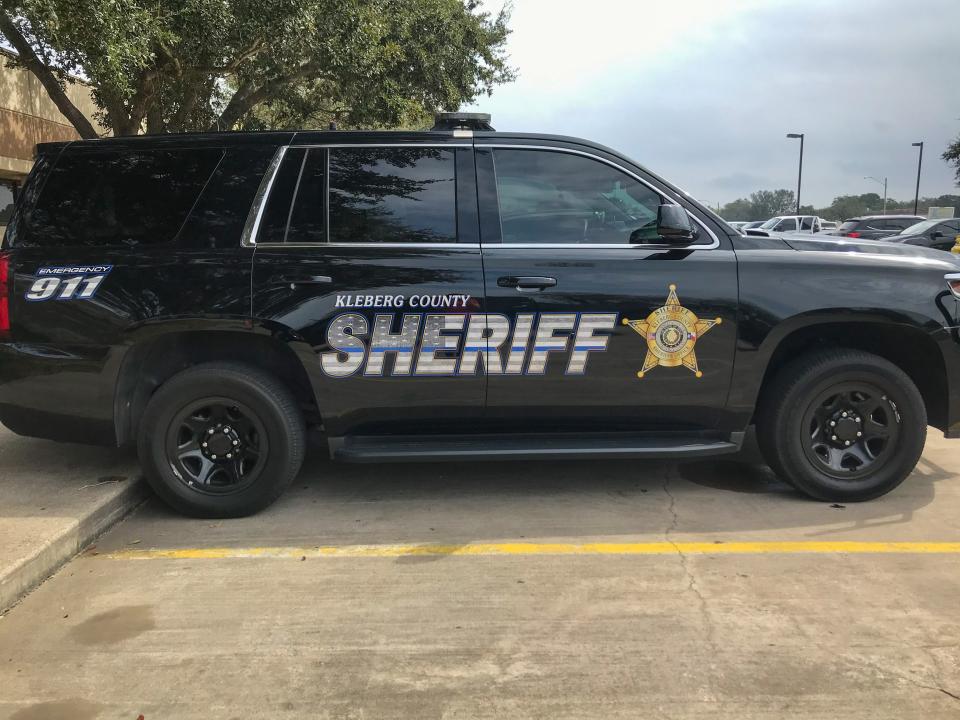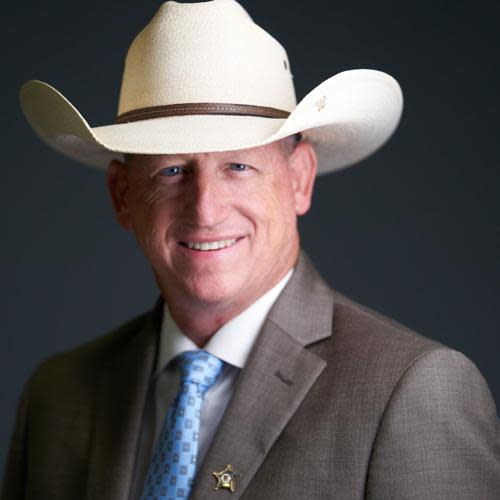Opinion: Public safety communications top priority in Kleberg County
Kleberg County is about 30 miles south of Corpus Christi, and includes areas of the Intracoastal Waterway, the Gulf of Mexico, and Padre Island National Seashore. Much of Kleberg is unpopulated, privately-owned ranch space. It sounds simple and relaxing — and it is — but it’s deceptively complex for public safety.
Being a border and coastal county, our sheriff’s office regularly responds to boat burglaries, water rescues, drug trafficking, and natural disasters like hurricanes, tornadoes, and wildfires. Of course, we also assist neighboring jurisdictions as needed.
We’re a small but mighty agency and we are always looking for ways to respond faster, smarter, and more safely. When I step back and ask myself how I can make my deputies’ jobs easier and safer, I keep landing at the same answer: communications.
Like many law enforcement agencies, we used traditional push-to-talk land mobile radios (LMR) in our jails. Radios have their advantages, but cost savings is not one of them. The specialized equipment can be $5,000 to $8,000 for a single 800 MHz radio.
Even with top-notch 800 MHz radios, we found ourselves struggling to communicate in our jails. The buildings are designed to be hurricane resistant, which means thick concrete walls and floors and added challenge of metal interfering with the signal penetration.

We knew we needed something cost effective, reliable, and designed for public safety. During our research, we learned about FirstNet, the nationwide broadband network for public safety. It offered smartphone devices at a lower cost that still included familiar push-to-talk functionality. We didn’t need to abandon one platform for another; we could now have LTE and LMR in one device.
To combat our communication issues in the jail, we use a cubic vocality bridge device and created a customized channel plan to integrate our LMR and LTE systems. The FirstNet platform mimics the operation of our LMR equipment, mirroring the same secondary channel on our 800 MHz radios. With this, it became easier to use push-to-talk on a secure network without the risk of switching channels.
It also became easier to communicate with other agencies without requiring a separate device specific to that entity. Before our adoption of FirstNet, our officers carried multiple radios to communicate with each other, dispatch, and our local, state and federal response partners. FirstNet gives us a single platform to fuse everything into one.
A few years ago, we had several murders on Padre Island National Seashore. During the investigation, we experienced a serious communications breakdown because phones and radios did not work on the beach where the incident occurred.
This is a prime example of when we needed the FirstNet Compact Rapid Deployable (CRD). This portable communications tech is small enough to be hitched to a pickup truck, but strong enough to establish a one-mile radius of cellular coverage wherever it is deployed. It's simple and can be set up in ten minutes. While we didn’t have the CRD for that incident, we now have a way to keep responders connected in any emergency.

There are occasions when we have emergency operations that involve other counties. Most of the time, these counties operate on a privately owned network. For us to join their network during an emergency could cost us up to $300 per radio, which becomes cost prohibitive.
With FirstNet, we easily solved that problem. We take our cache of FirstNet devices to other jurisdictions and supply our partners with a push-to-talk phone rather than spending critical minutes reprogramming their phones. Automatically, they're talking to us on the same channels. Easier cross-jurisdiction communications, solved.
In one local school, we have issued FirstNet-enabled smartphones to the security guards so they can communicate directly with a deputy or dispatcher as an emergency unfolds. We're not circumventing 9-1-1 or any other systems with this approach. Instead, we’re augmenting our responding officers’ ability to communicate with people on the ground.
We also have access to school security cameras. In the event of an emergency, our officers can pull up a video feed and see what is happening in real time.
Since I took office, it has been my mission to equip our officers with the best communications tools. When lives are hanging on to those critical connections, we can’t wait 10 minutes for a solution, we want it in real time. So when something comes along like FirstNet, which lets first responders do things they never could before in the field, I look at that optimistically.
At the end of the day, I want my officers to be able to go home every night to their families.
Richard Kirkpatrick is the sheriff of Kleberg County, Texas.
This article originally appeared on Corpus Christi Caller Times: Opinion: Public safety communications top priority in Kleberg County

